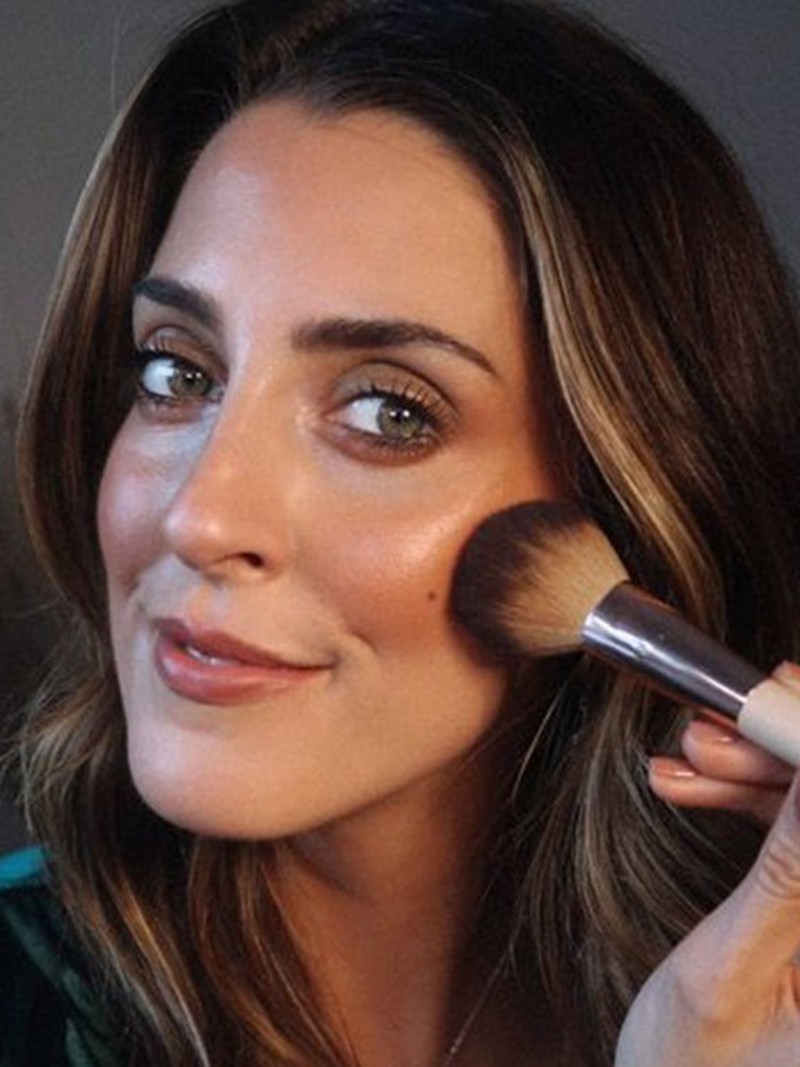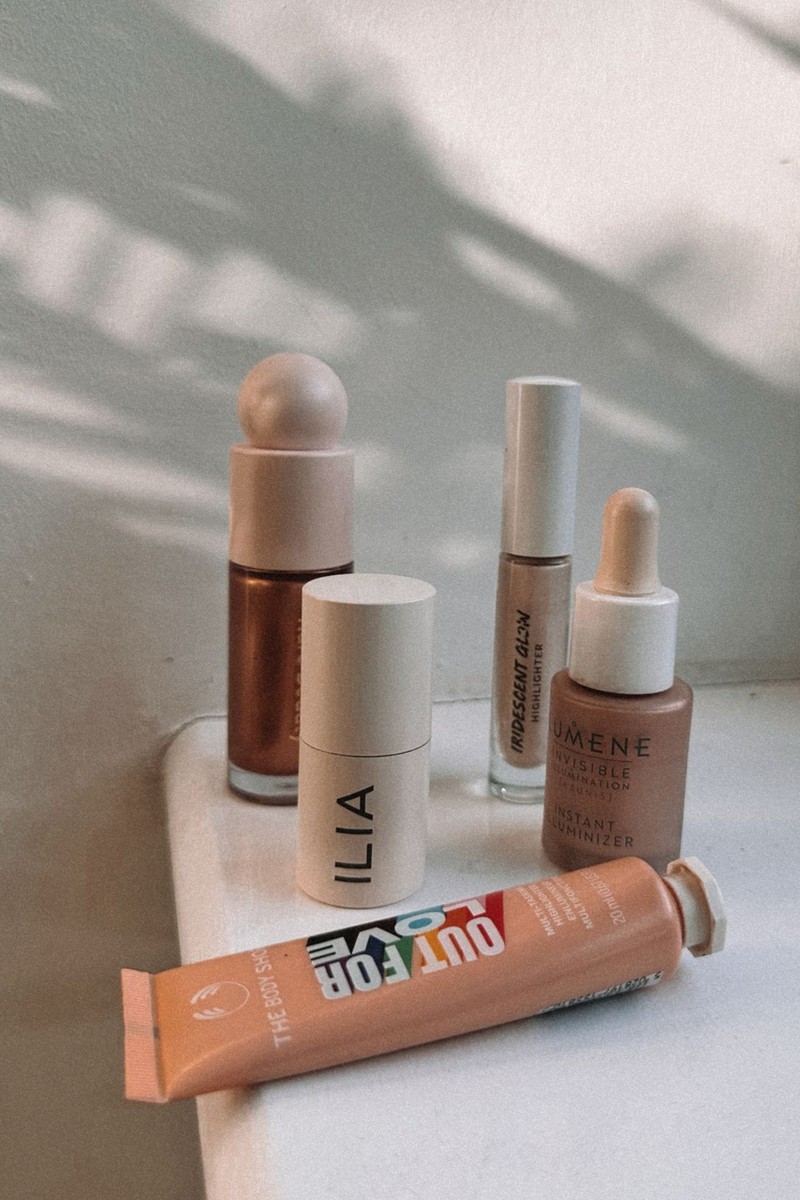How To Build A Sustainable Beauty Routine
Begin By Using What You Have
“If you want to live more sustainably, don’t throw out everything you own and hit restart. The most considered thing we can all do is use up what we have. I recommend switching things out product by product over time. Research and note down what you would like to change, so that when you do run out, you’re ready to stock up. It’s easy to panic buy at the last minute and use what you’re used to, but forward planning is key. Even switching out one or two items can make a big difference.”
Ditch Disposable Items
“Up to 40% of beauty products and packaging ends up in landfill, so it pays to find options that are reusable or refillable. One of the easiest places to start is with disposable items like cotton pads and wipes. These are so wasteful but so easily replaced. Try reusable cotton rounds – Face Halo does the best – as well as muslin cloths and flannels which will last you forever. Brands like Liz Earle, PAI and Eve Lom all have great options.”
Understand The Lingo…
“The phrase ‘natural’ doesn’t always mean a product is more ethical. It can be hard to know how sustainable a product is just by looking at the ingredients and the words on the packaging. I recommend looking for a Soil Association stamp, which means the product meets strict organic and environmental standards. That includes using organic and natural ingredients, and it also means the product avoids harmful chemicals and minimises any impact on the environment through its lifecycle – from production to disposal. This certificate also ensures fair treatment of workers, responsible sourcing practices and animal welfare.”
…And The Symbols
“There are two similar symbols you’ll see on products. One is two arrows going into one another which means the container is made from partly or entirely recycled materials. The other symbol is three arrows chasing one another and this indicates it can be recycled. However, these symbols can be deceiving. If it’s plastic and there is a number one or two in the centre of the symbol, then this packaging can go in curbside recycling. If there’s a different number, you have to see if your local council will recycle that number. If you can’t do it at home, try a local drop-off point in places like Boots, Holland & Barrett, The Body Shop and Superdrug – they take all products back and recycle them for you.”
Check Out These Brands
“For skincare, I recommend brands like Botanics, Evolve and Beauty Kitchen. All of them are full of ethically sourced ingredients and the packaging is simple and easy to recycle. As for make-up, I use a lot from The Body Shop, Tropic, Authored, Lumene, Ere Perez, Inika, Freshly and RMS. I love these brands because they all make a huge effort to lower their carbon footprint. The best mascara I have ever used in my 17-year career is by Authored and it’s carbon neutral. As for highlighter, you can’t beat the one by Freshly Cosmetics, and Ere Perez’s eye pencils are brilliant.”
Ask Yourself What Counts
“If you want to make your routine more sustainable, you should ask yourself what is important to you when it comes to shopping ethically. For instance, my non-negotiable is always that a product should be cruelty-free and vegan – and this is pretty easy to find these days. Second, I try to find products which are ethically sourced and sustainable, and I always invest in quality over quantity.”
Don’t Be Duped
“The tricky thing with ‘ethical’ beauty is that a brand can claim to be anything it likes. So many use terms like ‘cruelty-free’, ‘organic’ and ‘natural’, but they can all be pretty meaningless. The only way we can know for sure is by checking the certifications – like the Soil Association stamp. Another great way to look into a brand’s ethical credentials is checking the website Provenance. It works with brands to ensure they meet high ethical standards and give customers reassurance.”
Finally, Shop UK-Owned Brands
“Where possible, it’s worth shopping for products which are made and packaged in the UK. It lowers carbon emissions significantly. Another thing we can do is to double up on ways we use a product – for instance, use your bronzer as an eyeshadow and lipsticks as blush. It sounds simple but it can help you to streamline, plus it’s quite fun. I am guilty of purchasing products that have ended up being rubbish and throwaway, so I now ensure I read reviews, watch ethical content creators and always share recommendations to minimise wasteful purchases. Above anything else, research is key, as is taking the time to understand logos, stamps and certain ingredients.”
Follow @EMJEdit & visit EMJEdit.com for more beauty ideas, inspiration & tips.
SHOP EM-J’S TOP BEAUTY PICKS
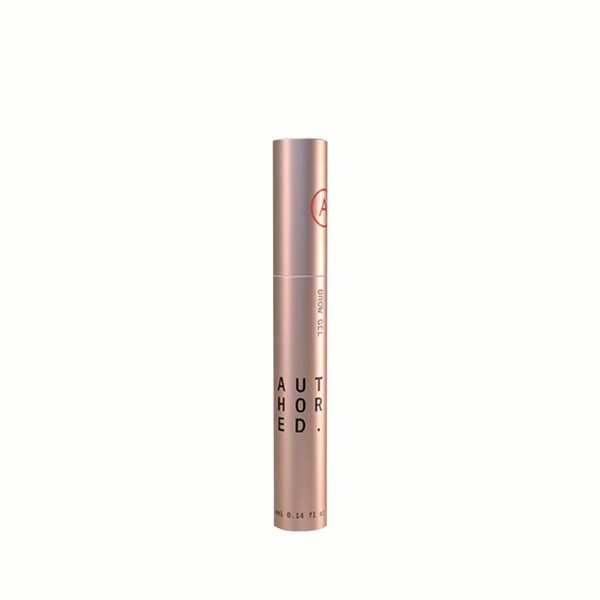
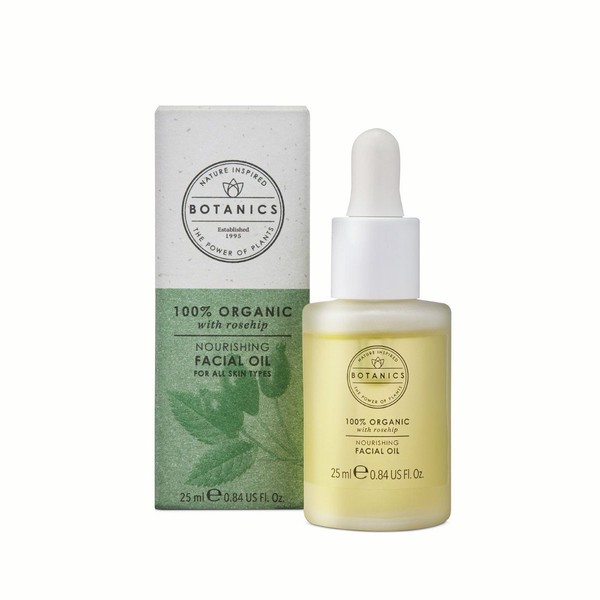
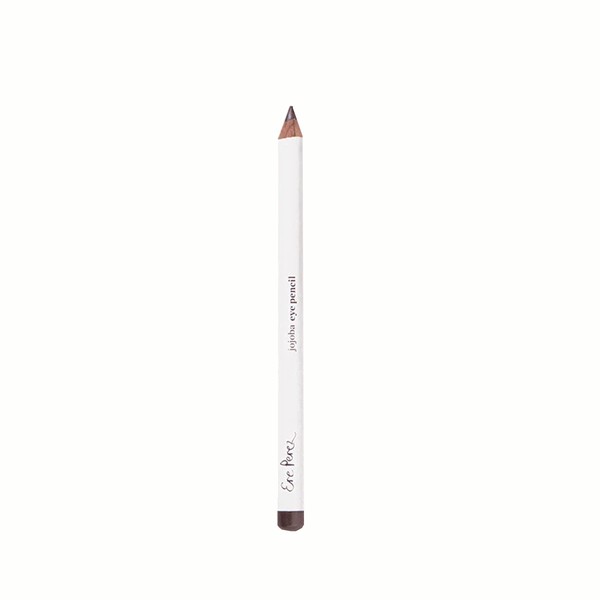

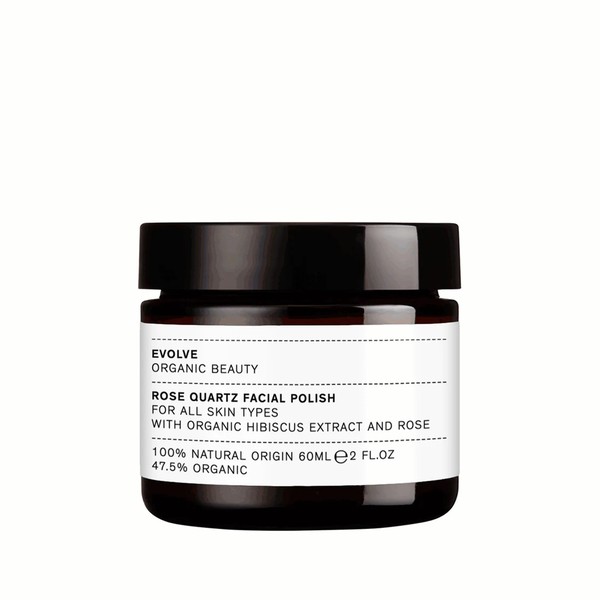
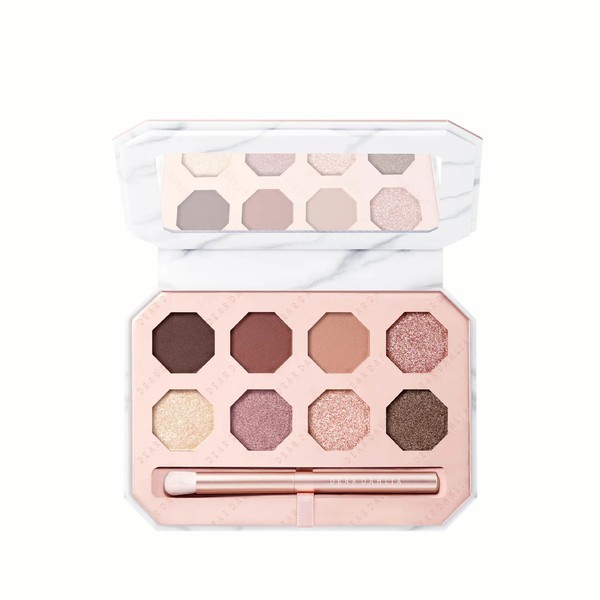
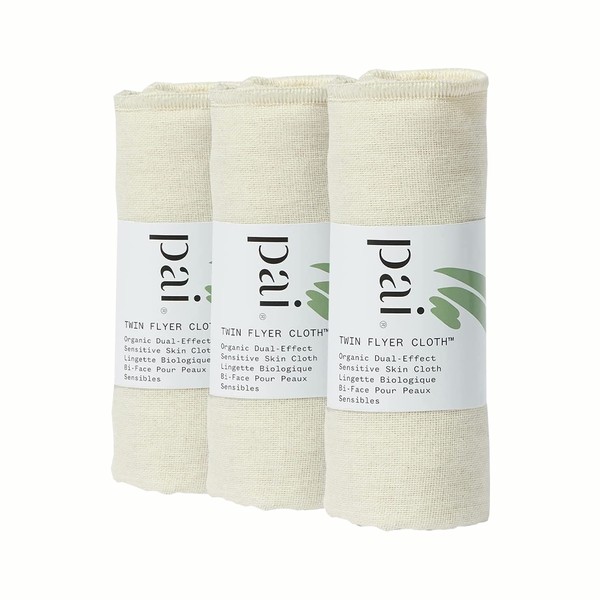
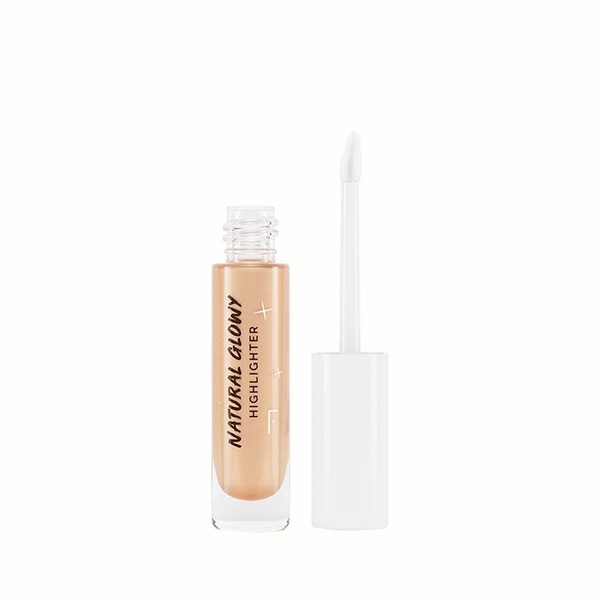
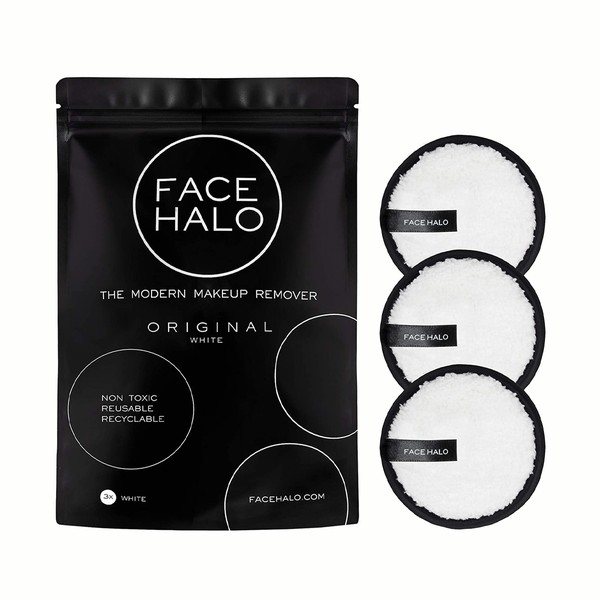
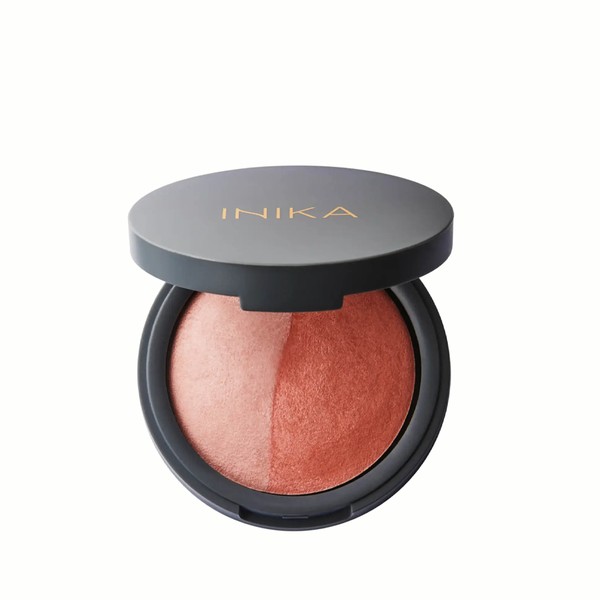
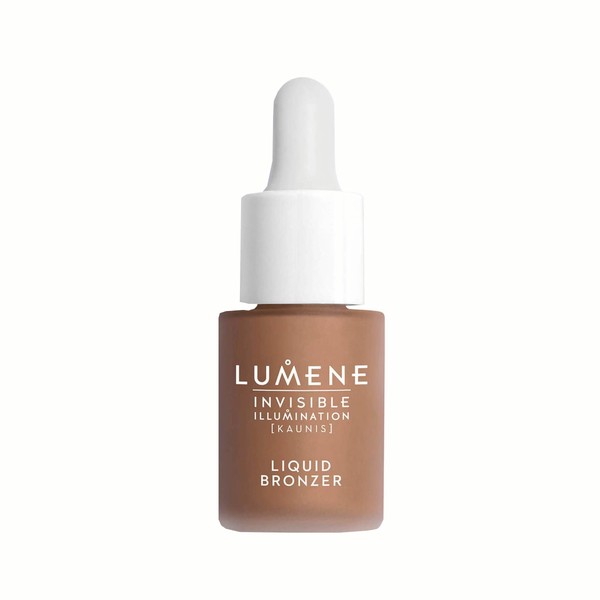
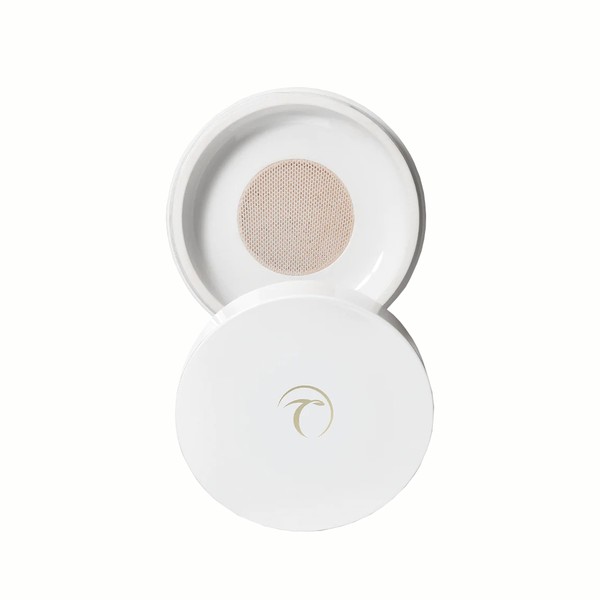
DISCLAIMER: We endeavour to always credit the correct original source of every image we use. If you think a credit may be incorrect, please contact us at info@sheerluxe.com.
